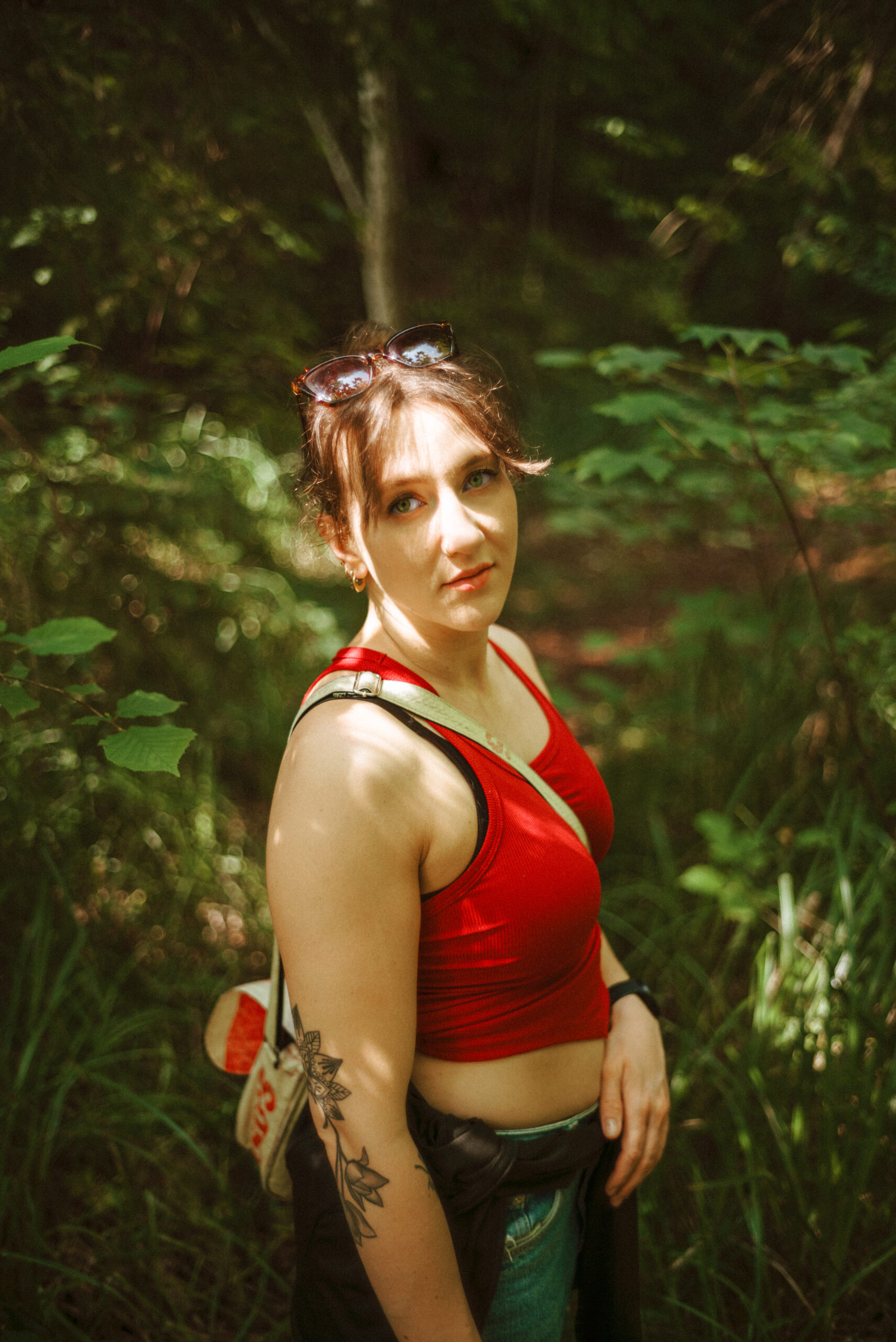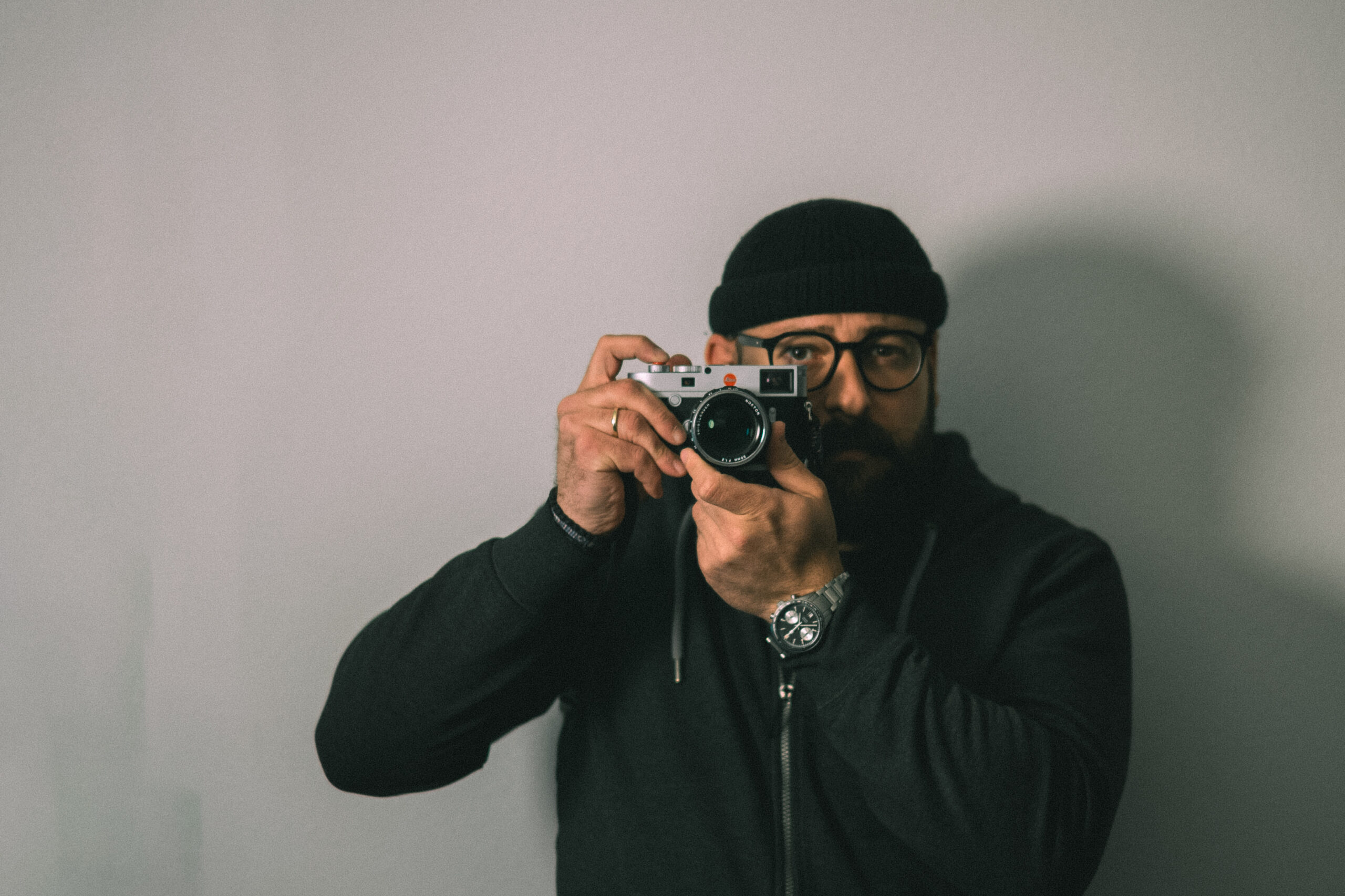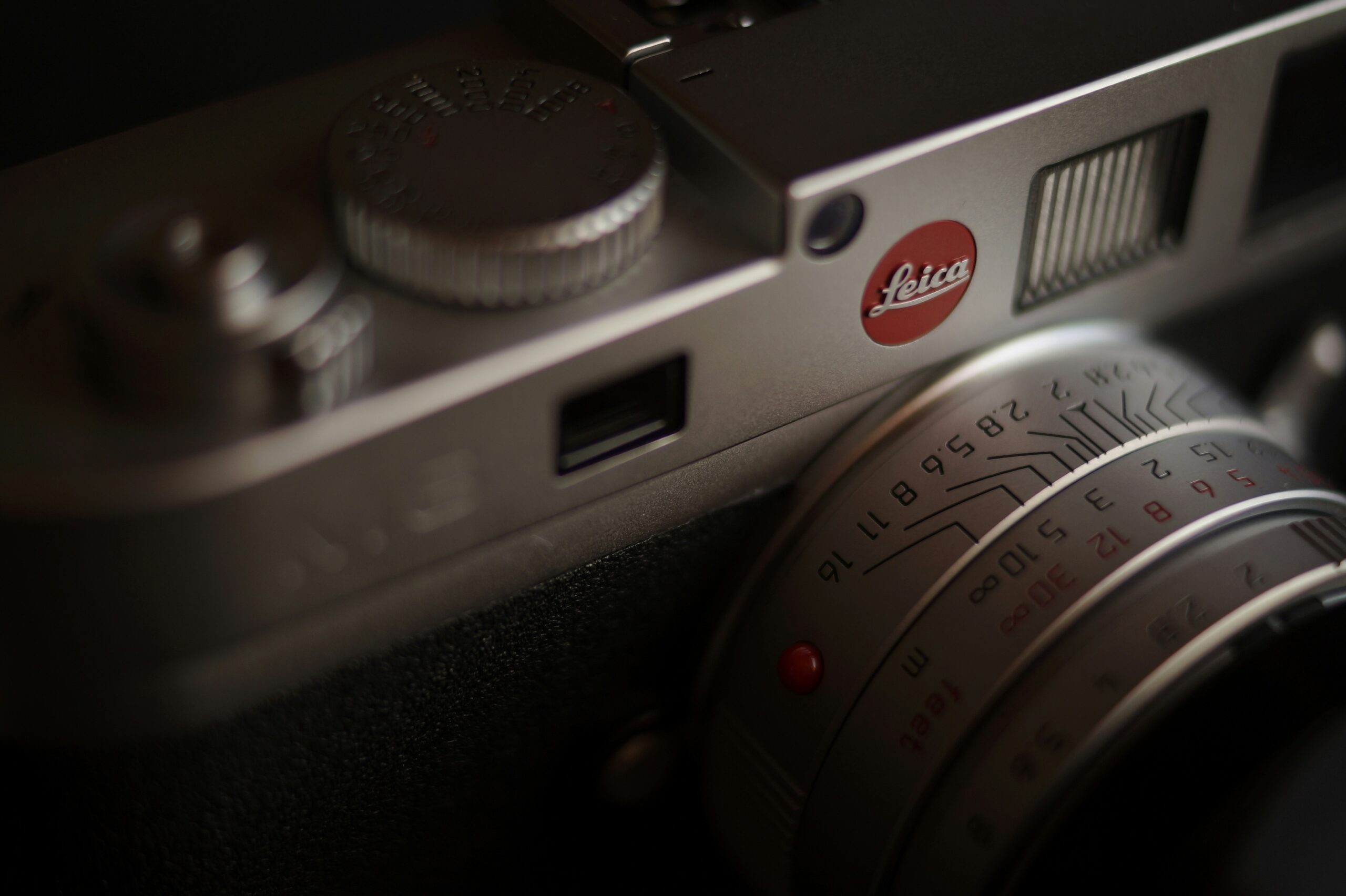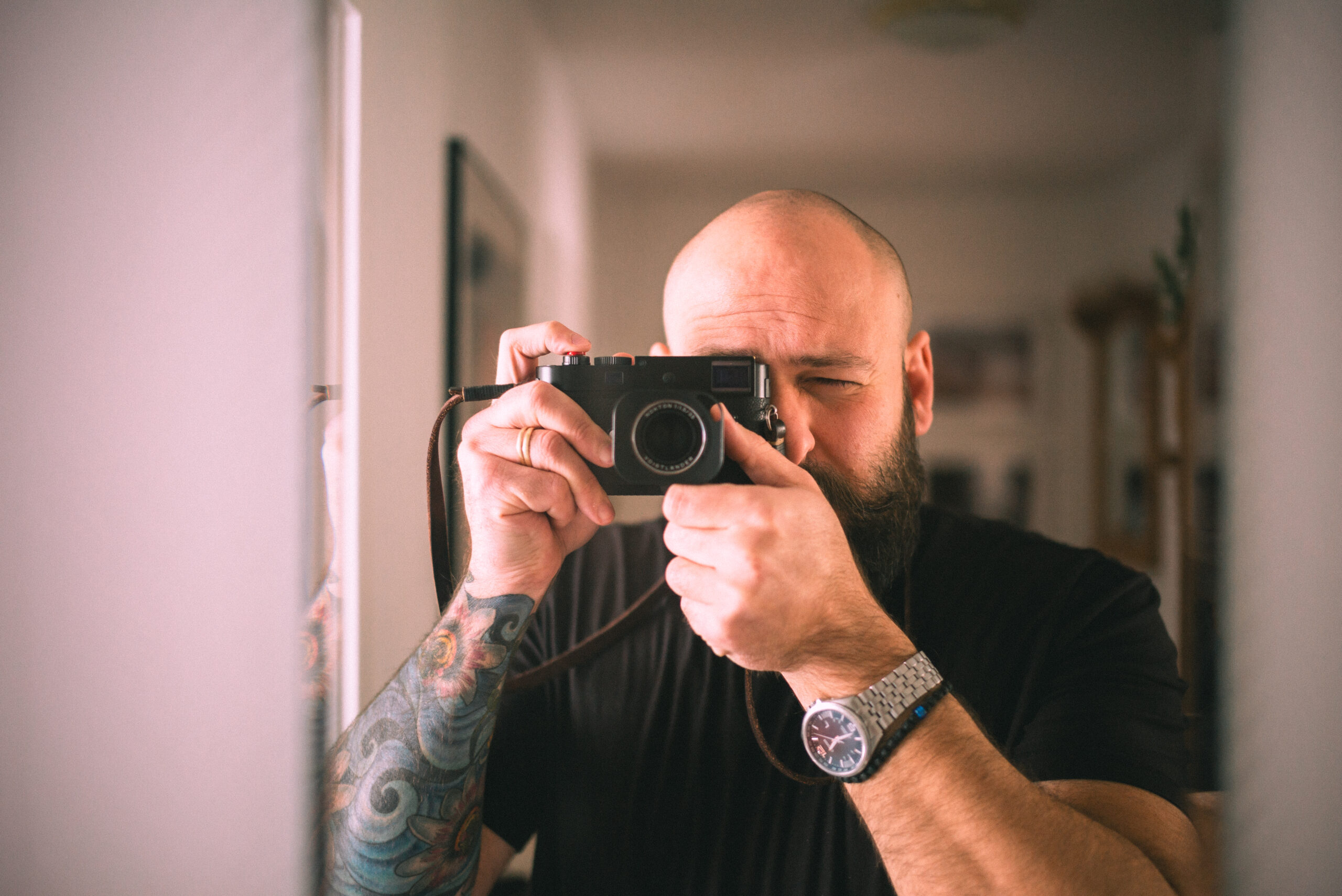Na? Verdrehst schon die Augen weil schon wieder jemand über das Leica Summicron schreibt? Keine Sorge, um das geht es heute nicht, sondern um meinen ganz persönlichen „King of Bokeh“ – die Linse, die am längsten in meinem Koffer lebt und nicht annähernd die Liebe und Anerkennung bekommen hat, die ihr gebührt. Doch erst einmal eins nach dem anderen.
Ästhetik und Geschmack ist etwas ziemlich persönliches und wir Fotografierende müssen zugeben, dass wir viele Kleinigkeiten in einem Foto entdecken, die sonst keine Sau sieht. Wenn du es geschafft hast, ein entsprechendes Motiv richtig einzufangen und die Bildwirkung passt, wirst du dir in den seltensten Fällen den Kopf zerbrechen, ob du das doch lieber mit einem anderem Objektiv oder Body hättest einfangen können.
Und doch gibt es da diesen kleinen Perfektionisten in unserem Kopf. So ein kleiner mieser Drecksack, der nur darauf wartet, im richtigen Moment richtig für Unsicherheit, Verwirrung und Chaos zu sorgen. Ein kleiner Hurensohn, den keiner leiden kann. Dieser kleine Teufel sorgt dafür, dass man nie zufrieden sein kann mit dem was man hat und immer weiter schaut, Geld aus dem Fenster wirft, ausprobiert und vor lauter Gedanken und Testerei vergisst, um was es eigentlich geht: Um Fotografie und Kunst.
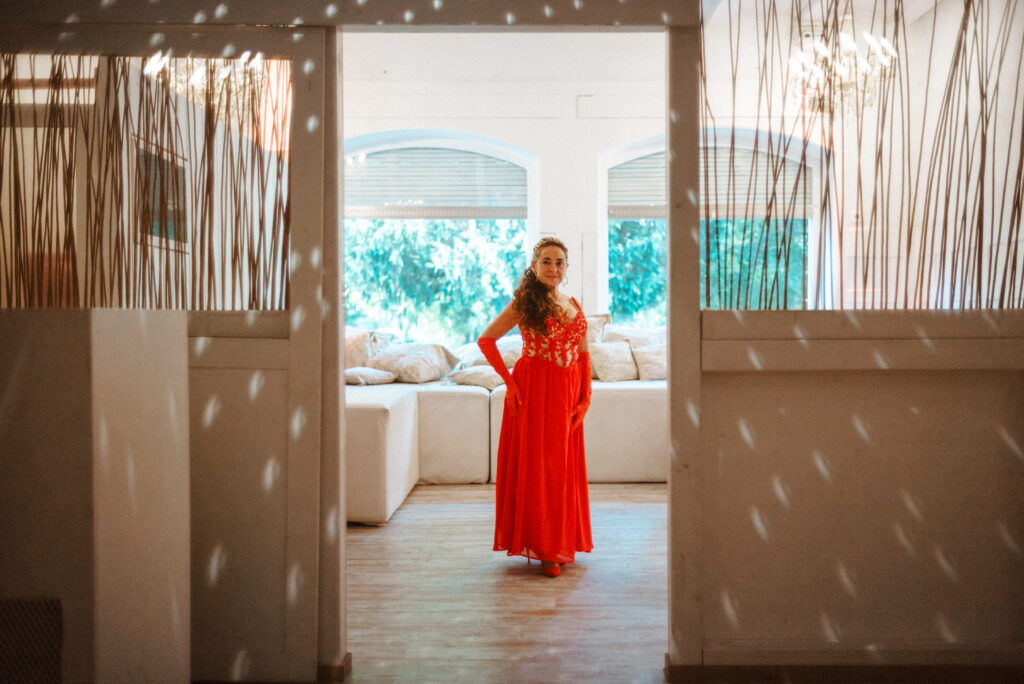
klinik vs. rock’n’roll.
Ich bin bemüht nicht zu analytisch zu werden, dennoch muss ich folgende Anekdote hier einbauen:
Vor wenigen Jahren fotografierte ich die Hochzeit von Adrian & Marco, bei der ich unter anderem die große Ehre hatte, ein paar Aufnahmen der beiden in der Wilhelma (der Stuttgarter Zoo) zu machen. Ich hatte, wie meistens, zwei „Hauptkameras“ dabei: Meine Fujifilm GFX 50R, damals mit dem Fujinon GF 55mm f/1.7 R WR Monstrum und meine Leica M-D Typ 262 (ja, die „originale“ M-D) mit dem Voigtländer Nokton Classic 35mm f/1.4 II MC – ein Objektiv, das gefühlt 200% aller Leica-Fotografierenden hassen.
Als ich die Bilder aus dem Shooting anderen zeigte, sah ich immer die gleiche Reaktion: Während das GFX-Bild einfach angeschaut wird, haftet der Blick beim Nokton-Bild. Die meisten dieser Menschen waren keine Fotografen und haben mit Fotografie auch nichts am Hut, deshalb finde ich deren Reaktion bzw. den Rückschluss daraus sehr interessant: Da ist etwas, was die Blicke auf sich zieht und diese Szene interessant macht. Alle (!) waren sich einig, dass das Nokton-Foto „irgendwie schöner“ und „interessanter“ ist. Dabei ist das GFX-Bild der Inbegriff optischer Perfektion. Oder vielleicht doch nicht?
An dieser Stelle möchte ich auch erwähnt haben, dass das GF 55mm neu etwas über 2.500 € kostet, während das Nokton Classic unter 700 € zu haben ist – neu, versteht sich.
leica starter pack.
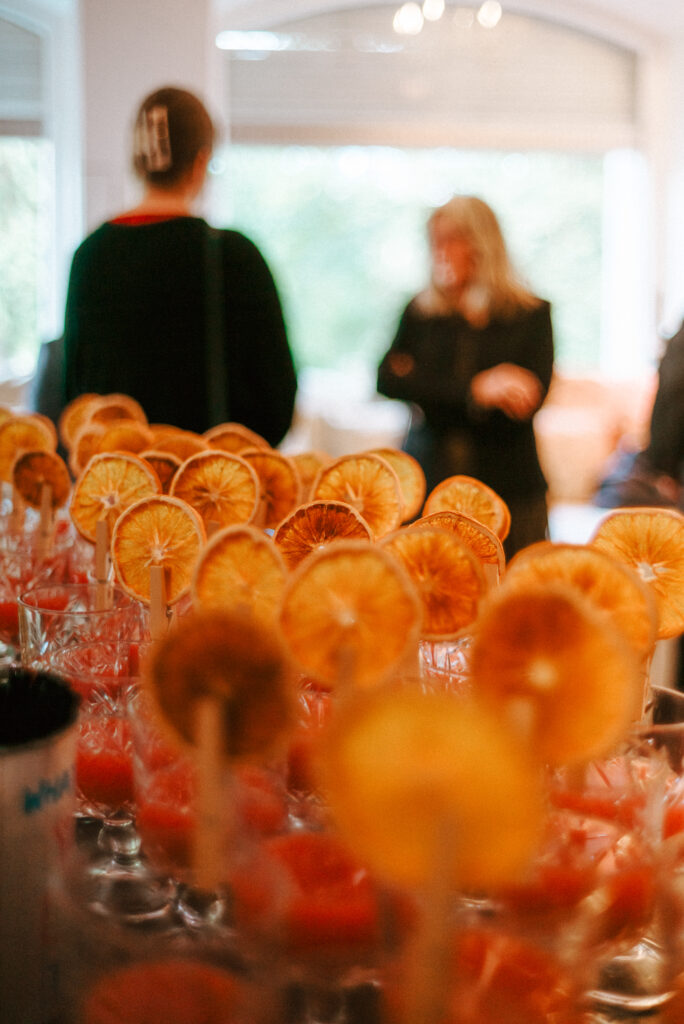
Meine Reise in die Leica-Fotografie begann mit der Leica M8. Als „50mm-guy“ habe ich damals das Voigtländer Nokton Classic 35mm f/1.4 I gewählt, da es mit dem Cropfaktor des Sensors auf etwa 46mm kommt. Ich verliebte mich in den Look der M8 in der Kombo und es dauerte nicht lang, bis ich eine Vollformat-M mein eigen nannte – mit unterschiedlichsten 50mm-Objektiven. Später, als mein Blick sich irgendwie veränderte und ich zu 35mm überging, wurde plötzlich alles komisch für mich. Meine erste Walh fiel auf die korrigierte zweite Version des Nokton Classic.
Das Nokton Classic? Zu schwammig, irgendwas muss ja dran sein wenn es alle Leicafotografen Scheiße finden. Das Nokton 35mm f/1.2 III ASPH? Zu krass, zu groß, zu schwer und irgendwie zu glatt. Das Nokton 35mm f/1.5 ASPH? Ja schon gut, aber irgendwie fehlt die Seele, es ist perfekt. Besser als ein Summilux 35? Definitiv! Seele? Klinisch scharf. Na danke. Es folgte das bescheuertste 35mm-Objektiv-Sammelsurium ever. An allem hatte ich was auszusetzen. Und dann kommt die Krönung des Schwachsinns: Chat GPT.
wenn der verstand offline ist.
Du hast die dümmste aller Fragen und schämst dich, sie einem Menschen zu stellen? Chat GPT ist dein bester Freund. Egal was für einen geistigen Sondermüll du da reinhackst, diese Kiste wird dich immer loben dass du ja ein ganz schlauer Kandidat bist, der so krass tiefgründig an die Sache rangeht, wie kein anderer auf dieser Welt. Du fühlst dich erwischt? Zurecht.
Die Künstliche Intelligenz erklärte mir, dass ich ja so eine besondere Sicht auf die Welt habe, dass ich eben mehrere 35mm Objektive brauche, um mein wahres Potenzial auszuschöpfen. „Gerne schreibe ich dir auch eine Liste und ein inneres Manifest, welches Objektiv wann dein künstlerisches Auge ist.“ – Nein man, ich brauche weder ein Manifest, noch eine Bedienungsanleitung wann ich welchen Unsinn dranschrauben soll.
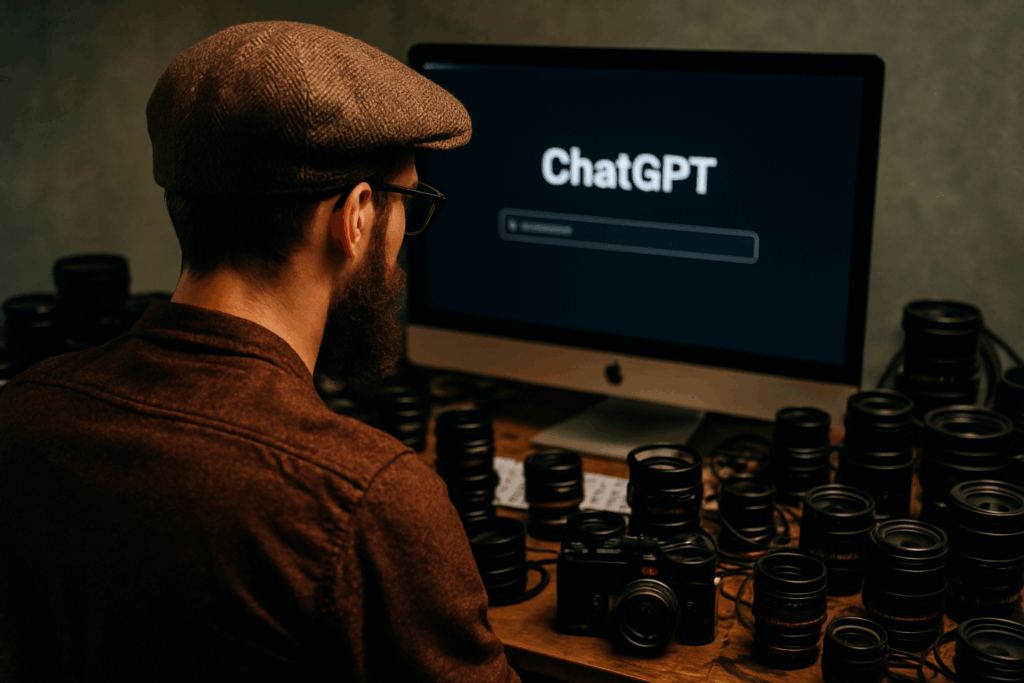
Übrigens, die Genialität und „Intelligenz“ von Chat GPT schwindet spürbar, da wir Menschen es mit so viel Dummheit füttern, dass es lernt dumm zu sein und uns wohl für so richtig bescheuert hält – wobei ich dem System letzteres nicht verübeln kann. Es ist leider bezeichnend für die Zeiten, in denen wir leben. Aber zurück zum Thema…
stiller favorit.
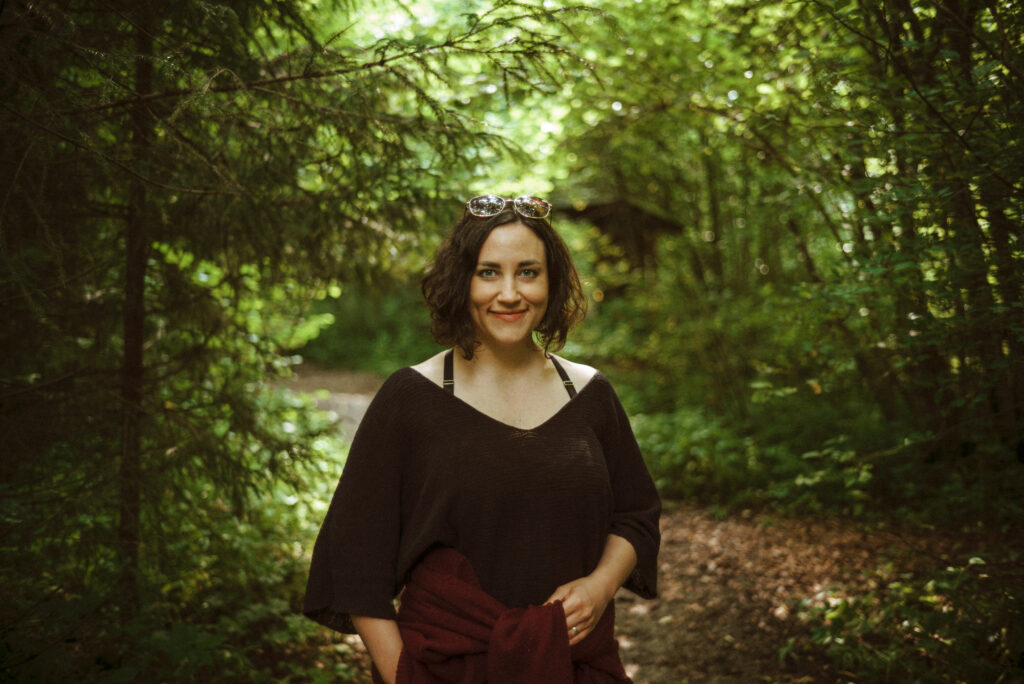
An meiner Leica M-D habe ich unzählige 35mm Objektive ausprobiert und ich muss ehrlich sein, dass es oft schon da anfängt oder aufhört, wie ein Objektiv aussieht an der Kamera und wie es sich anfühlt:
Das Nokton 35mm f/1.5 zum Beispiel sieht so aus, wie ich mir eine Vorhautverengung vorstelle, egal wie gut es ist. Das Zeiss Biogon 35mm f/2 passt irgendwie, aber irgendwas stimmt nicht mit dem Fokussiernupsi am Objektivring, das fühlt sich komisch an. Die Leica Summicrons finde ich irgendwie komisch, obwohl recht gut. Und da ist dieses Voigtländer Nokton Classic, das Hassobjektiv der meisten Leica-Menschen. Es ist klein, leicht, fühlt sich mehr als nur solide an, fokussiert sich unglaublich angenehm, der Blendenring schnattert nicht zu arg beim drehen und mit einer Squarehood LH-6 Gegenlichtblende ist der Eimer sogar richtig sexy. Schön, aber optisch?
bubble bokeh.
Nicht jedermanns Geschmack und was für mich gilt, muss nicht zwangsweise auch für dich gelten. Für meinen Teil liebe ich einfach dieses unruhige, leicht swirlige Bubble Bokeh. Es macht das Bild interessant und gibt dem ganzen eine unfassbar schöne künstlerische Struktur. Ein Gemälde, das trotzdem angenehm scharf ist, der Schärfeverlauf gleichzeitig jedoch so merkwürdig ist, dass selbst unscharfe Bilder aussehen, als wäre dieser Unsinn so gewollt.
Im Moment bin ich noch auf einem Kurzurlaub im Allgäu und das Classic ist mit meiner M-D verheiratet. Ich habe mir endlich die Zeit nehmen können, das Objektiv in allen Belangen so auszureizen, sodass ich wirklich verstehe wie es funktioniert. Dabei ist mir bewusst geworden, wie krass sich das Rendering von Blende 1.4 zu 2.0 oder sogar 2.8 verändert. Es ist, als hätte man mehrere Objektivcharakter in einer Linse, man muss nur wissen, wann und wie man welche Einstellung nutzt.
Hörst du das, Chat GPT? Erklär den Leuten doch lieber dass sie ihr vorhandenes Geldgrab ausnutzen und verstehen sollen bevor du ihnen Scheiße von kreativer Weitsicht durch 245239 verschiedene Objektive mit der gleichen Brennweite erzählst.
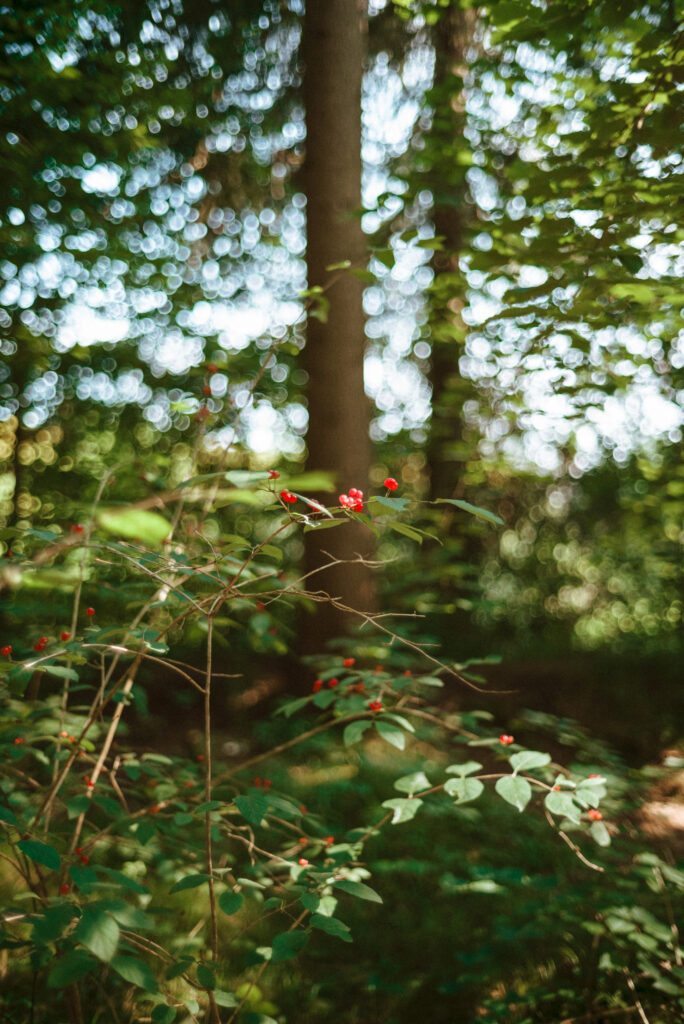
bonusrunde.
Vom Preis im Vergleich zu Leica möchte ich gar nicht sprechen, der ist den meisten sowieso egal. Ein Leica M und ihr Glas jedweden Herstellers lässt sich nicht in ein Preis-/Leistungs-Verhältnis packen, das wäre Unsinn.
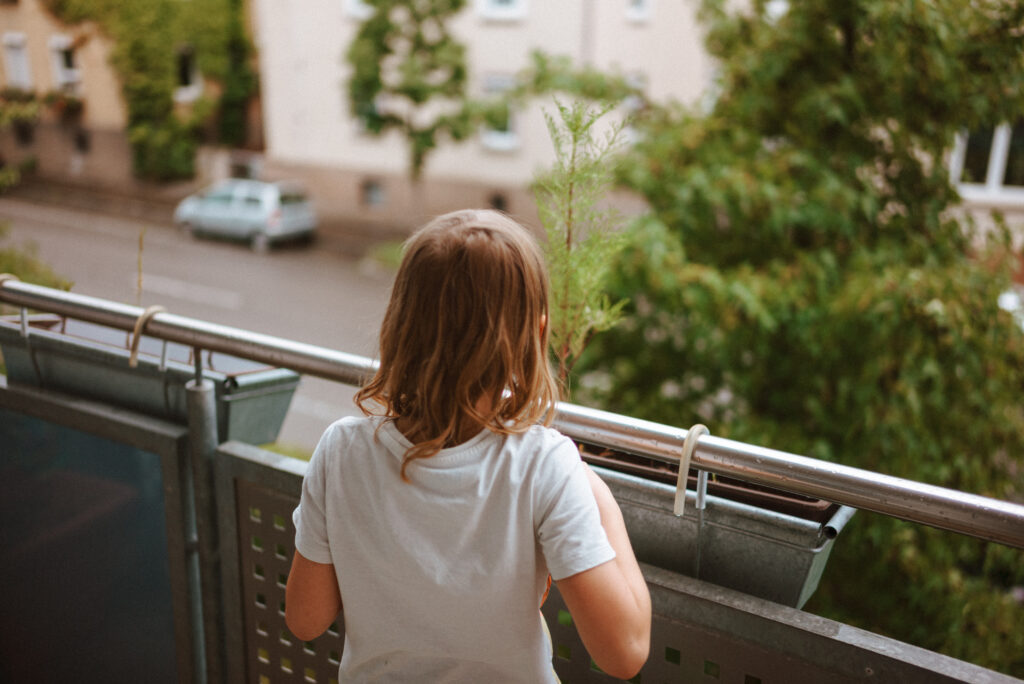
Auch möchte ich eines Tages ein richtiges echtes Summilux Steelrim probieren, fand in Berichten und Videos den gelobten Leica-Glow jedoch ein wenig too much und preislich ist es für mich zumindest kein Schnapper, um es einfach mal zu probieren. Mir gefällt am Nokton Classic ehrlich gesagt auch das Finish sehr gut, dass hervorragend zum Black Paint der M-D passt. Es ist einfach eine schöne Kombination von Body und Objektiv. Vermutlich ist das aber auch genauso gewollt.
wort zum sonntag.
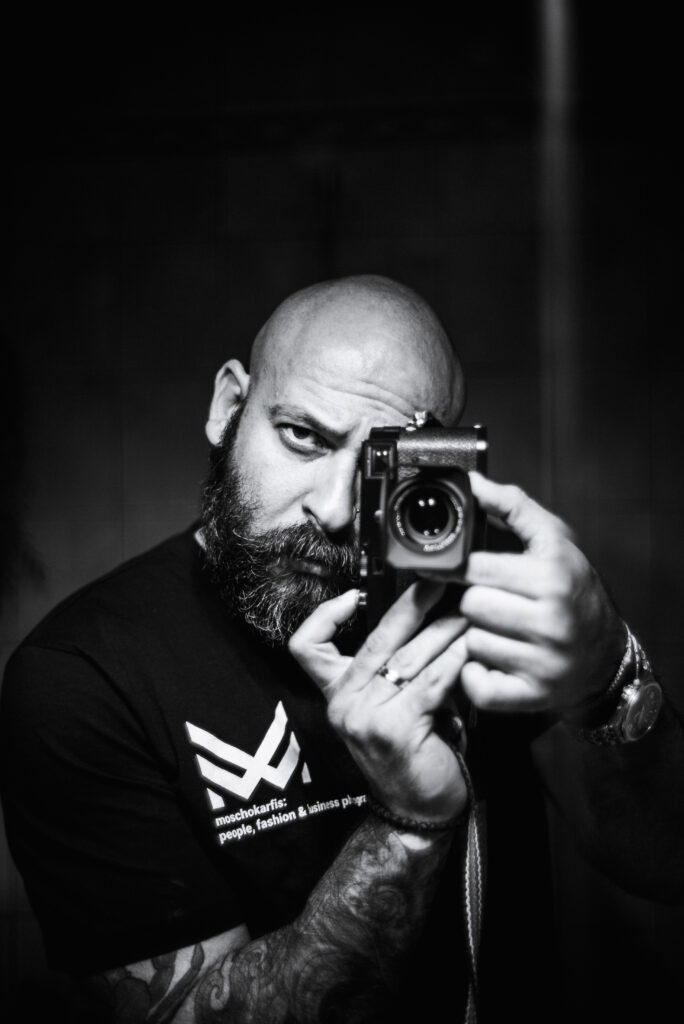
Bevor du dich in Unkosten stürzt oder in noch teureren Hirnfurzen verlierst, probiere das Objektiv aus, das du gerade zur Hand hast. Bist du erst dabei, dich in einer bestimmten Brennweite auszustatten, dann lass das Gelaber vieler anderer außen vor. Was für andere gilt, muss für dich nicht gelten, so sehr du deinen Lieblings-YouTuber auch liebst. Probier dich durch und riskiere auch mal einen Blick auf die Produkte, die keine Niere kosten oder von vielen verhasst sind – vielleicht ist da ja dein perfektes match.
Für meinen Teil scheine ich mit Nokton Classic II MC genau das gefunden zu haben. Und ja, ich liebe es und mir ist es völlig egal, ob Florian, Tobias, Christian und Matthias an ihrer Leica nur religiös vorgehen und den Blick über den Tellerrand ablehnen.
Es ist und bleibt mein ganz persönliches „King of Bokeh“.
inperfekt perfekt.
Es sind die Inperfektionen, die das Leben schön machen. Das Organische und Schöne, manchmal Ungerade und etwas raue. Auch sind es oft die „Fehler“, die wirklich zu echtem Charakter führen – in jedweder Hinsicht. Warum sollte dann unser Glas bis ins Detail perfektioniert sein und perfekt abbilden?
Klar, wenn Produktfotografie dein Steckenpferd ist, ist dir vermutlich auch die maximale Abbildungsleistung wichtig. Dein Weg wird dich mit hoher Wahrscheinlichkeit nicht zu einer Leica M führen, geschweige dem zu analoger Fotografie. Und ganz ehrlich: Bevor du Unmengen an Geld für ein seltenes Super-Objektiv aus dem Jahre 300 v.Chr. ausgibst, riskier doch auch mal einen Blick auf das Voigtländer Nokton Classic.
